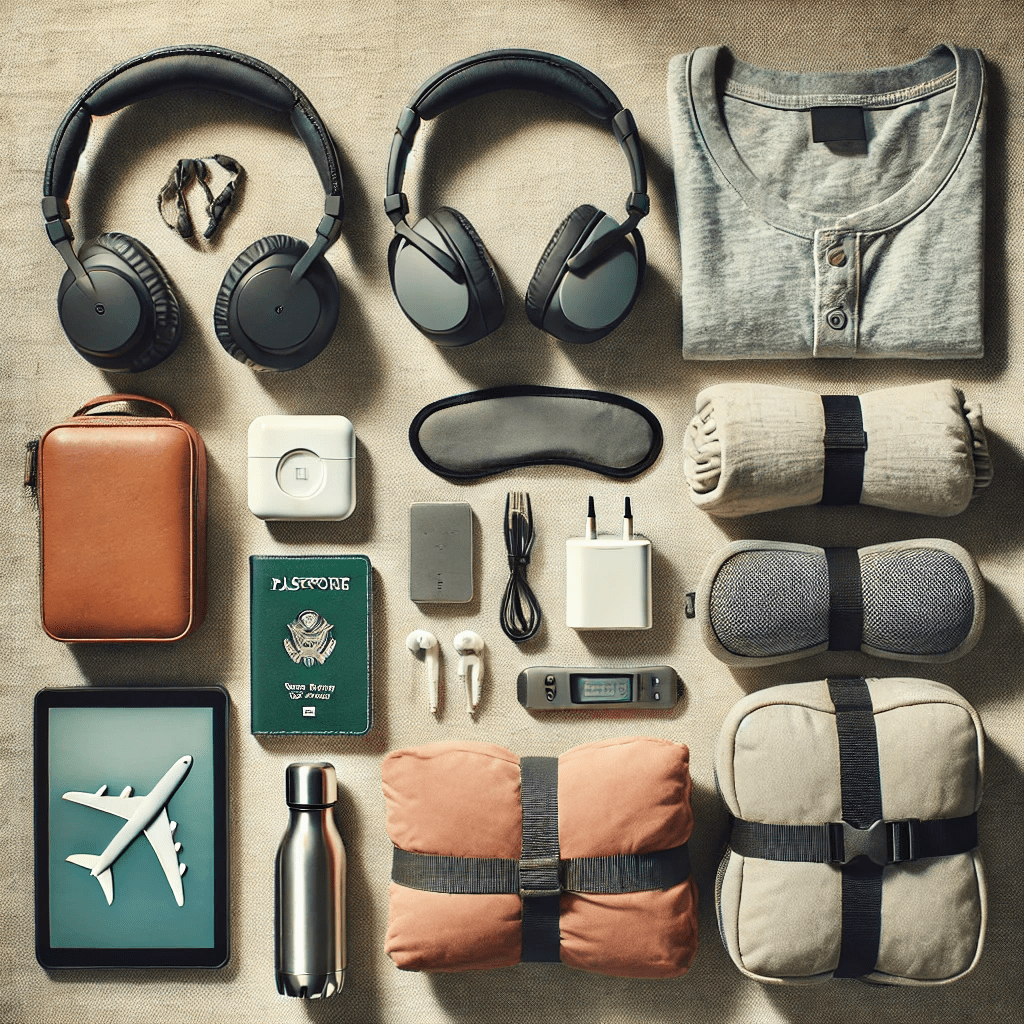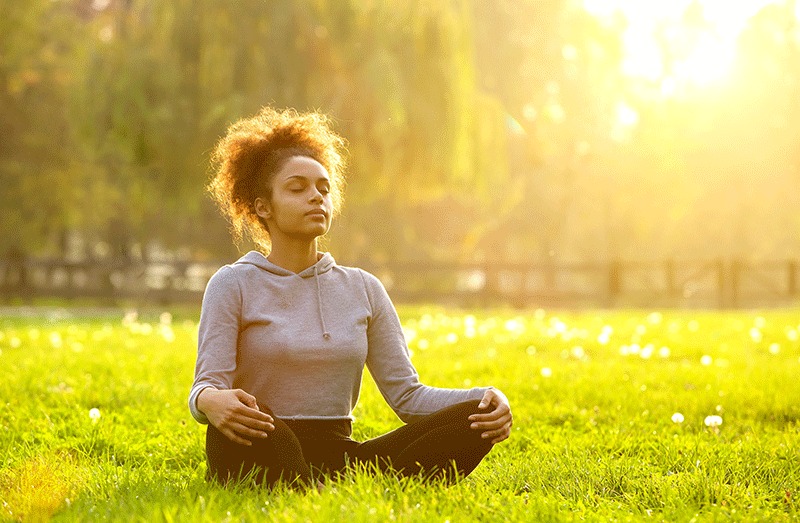
The whirlwind pace of modern travel can often leave you feeling more drained than delighted. With checklists packed tighter than carry-ons and a race from airport to photo op, the pressure to do it all quickly becomes overwhelming. Flights blur into hotel check-ins, landmarks are checked off in hours, and moments of real connection are replaced by hurried snapshots. But what if your next adventure didn’t need a countdown? What if travel wasn’t about the quantity of places visited, but the quality of your time spent in one?
Welcome to the concept of slow travel, a lifestyle that invites you to pause, stay longer, and travel deeper. It’s not about how far you go or how many places you see. It’s about how fully you experience where you are. This guide will help you understand the philosophy of slow travel and give you practical steps to start your own slow and soulful journey.
What is Slow Travel, Really?
Slow travel is a mindset that prioritizes immersion, presence, and authentic experiences over fast-paced itineraries. Instead of rushing through a new city every two days, you settle in. You take time to get to know the rhythms of a place, the people who live there, the food that nourishes them, and the traditions that define them.
This philosophy isn’t new. Ancient pilgrims walked for months with no fixed timeline. Backpackers used to stay for weeks in a village, becoming part of its daily life. Today, slow travel has evolved into a conscious movement, a rebellion against tourist overload and burnout.
When you travel slowly, you exchange sightseeing for story-seeking. You no longer feel pressured to see everything but instead find value in experiencing something deeply. A morning spent learning to cook with a local family or an afternoon wandering a neighborhood market can become far more enriching than a packed museum circuit.
Slow travel allows you to blend into a place, learn its unwritten rules, and build human connections that go beyond a postcard. It’s not a rigid rulebook; it’s an invitation to be present wherever you are.
Benefits of Embracing Slow Travel
Traveling slowly doesn’t just enhance your trip, it transforms it. One of the most immediate benefits is reduced stress and burnout. Fewer transit days and less packing/unpacking leave you feeling rested, not rushed. You wake up with freedom instead of deadlines.
Cultural immersion is another powerful perk. Staying longer allows you to observe daily life, engage in meaningful conversations, and participate in local traditions. Rather than being a temporary visitor, you become a part-time resident.
Financially, slow travel is often more sustainable. Weekly or monthly rentals cost less per night. Cooking your own meals from local markets reduces dining expenses. Public transportation becomes intuitive, and hidden local gems replace pricey tourist traps.
From an environmental perspective, staying put helps reduce your carbon footprint. Fewer flights, conscious consumption, and walking instead of constant car rides contribute to more sustainable travel habits.
Slow travel also nurtures your well-being. You get more rest, more time for personal reflection, and more space to enjoy the little moments, like sipping morning coffee while watching the city wake up.
How to Plan a Slow Travel Experience?
The beauty of slow travel begins with intentional planning. Start by choosing a destination where you can stay for at least a week, ideally longer. Prioritize locations that offer cultural richness, walkability, and access to nature or community.
Instead of gravitating to tourist centers, research local neighborhoods with character and charm. These areas often offer lower costs, quieter environments, and more authentic interactions. Platforms like Google Maps, Reddit forums, or expat blogs can help you discover where locals really live and gather.
Get around like a local. Walk as much as possible, use bicycles if available, and tap into the city’s public transit system. It’s not only cost-effective but provides a window into local life you’d miss in a taxi.
When settling into a new place, find your local spots. A café where you order your morning drink, a nearby park to read, or a market to grab groceries. The more routines you build, the more connected you feel.
If you're working remotely, look into co-working spaces or digital nomad communities. This creates a blend of productivity and social connection, especially if you’re staying longer-term.
Living Like a Local While Abroad
Once you’ve arrived, immerse yourself in the local lifestyle. Instead of heading to the highest-rated tourist restaurant, visit the nearby farmer’s market and cook with local ingredients. Take your time understanding the flavors, seasonality, and cooking methods.
Look out for community events, art fairs, live music, workshops, or open-mic nights. Joining these not only supports local artists but lets you interact naturally with residents.
Want to go a step further? Participate in a class or group activity. Whether it’s yoga in a park, a pottery workshop, or a local language exchange, these experiences ground you in the moment and help build genuine connections.
Technology can support this lifestyle without dominating it. Different apps like offer extended stays in exchange for pet sitting While other provides cultural exchange opportunities through volunteering. Some helps you connect with locals who share your hobbies. Some lets you enjoy meals in a local’s home instead of a restaurant.
Keep your phone handy for planning but remember that slow travel is about stepping away from digital distractions. Try journaling, reading, or simply wandering with no set goal. Let yourself explore intuitively.
Great Destinations for Slow Travel
Some places are naturally suited for slow travel. These destinations offer more than attractions, they offer atmosphere, authenticity, and opportunities to settle in.
- Ubud, Bali – A wellness and spiritual hub. Surrounded by rice paddies and temples, Ubud invites slow mornings, yoga retreats, and community connection. The pace is calm, the food nourishing, and the people deeply rooted in their culture.
- Lisbon, Portugal – A vibrant, yet laid-back city ideal for digital nomads. Affordable living, walkable neighborhoods, and friendly locals make Lisbon a great base for those wanting to blend city life with slow rhythms.
- Tbilisi, Georgia – A growing favorite for long-stay travelers. The culture is rich, the cost of living low, and the hospitality unmatched. With a mix of old-world charm and modern cafes, it offers a cozy base to explore.
- Kyoto, Japan – A place where time feels suspended. From meditative tea ceremonies to peaceful gardens and slow train rides through countryside, Kyoto embodies calm and tradition.
- Oaxaca, Mexico – A colorful and flavorful city where life is celebrated through art, dance, and cuisine. Its strong local culture, walkable markets, and vibrant festivals make it perfect for slow exploration.
Each of these destinations has the elements that support slow travel, welcoming locals, walkable streets, affordability, and a sense of community. But remember, slow travel isn’t limited to any one place. It’s a mindset you can carry anywhere.
Slow travel isn’t about seeing less, it’s about experiencing more. It’s about giving yourself the freedom to connect, to breathe, and to truly be in the places you visit. By trading urgency for presence, your trips take on new meaning. You stop checking boxes and start collecting moments.
The world has so much more to offer when you allow yourself the time to notice. Whether you’re watching the sunrise from a quiet rooftop, cooking a meal with market-fresh ingredients, or striking up a conversation with a stranger who becomes a friend, you are traveling with intention.
Give yourself permission to pause. On your next trip, choose to travel slower. Let it shift how you see the world, and how you see yourself within it.
Discover the art of slow travel, how to explore the world deeply, sustainably, and meaningfully without rushing or burnout.







